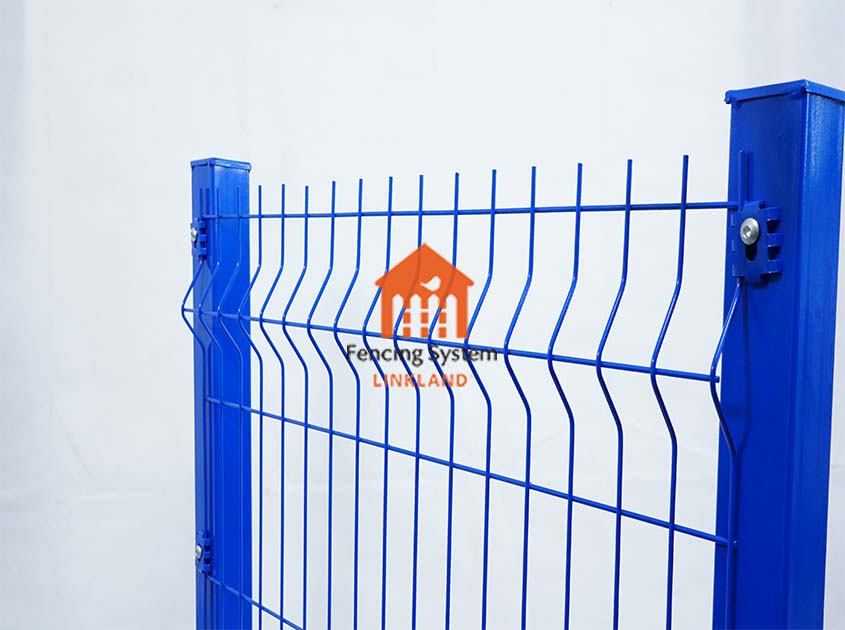As an advanced security protection measure, 3D fence is widely used in various places, such as industrial areas, commercial buildings, public facilities, etc. When designing and installing a 3D fence, there are some important factors to consider to ensure it provides the best possible security and protection. By analyzing these factors, guidance can be provided for the design and installation of 3D fences to improve safety and protection capabilities.

Structural Design Considerations
In the design of 3D fence, the structure is one of the crucial factors. The structure of the fence should have sufficient strength and stability to resist the impact and damage of external forces. Considering the needs of different places, the structural design of the 3D fence should be customized according to the safety requirements and environmental characteristics. For example, in high wind areas, fences can be designed with reinforced structures to increase their wind resistance. In addition, structural design should also consider functions such as anti-climbing characteristics and anti-cutting to improve safety.
Material selection and quality control
Material selection and quality control are factors that cannot be ignored in 3D fence design and installation. Proper material selection can determine a fence's durability and ability to resist corrosion. Common materials include hot-dip galvanized steel pipes and anti-corrosion coatings. In addition, quality control also plays an important role in the manufacturing and installation process. Ensuring that the quality of the fence material meets the standards and that the installation is strictly in accordance with the specifications can guarantee the safety and reliability of the 3D fence.
Safety accessories and surveillance systems
In order to further improve the safety of 3D fence, the selection and installation of safety accessories and monitoring systems are also necessary considerations. Safety accessories such as anti-climb coverings, electronic alarms and safety gates can add to the protection of a fence. Surveillance systems, such as CCTV cameras and intrusion alarm systems, can provide real-time monitoring and alerts to enhance security management. Selecting suitable safety accessories and monitoring systems and arranging them reasonably can improve the safety of 3D fence in an all-round way.
In the design and installation of a 3D fence, structural design, material selection, quality control, and safety accessories and monitoring systems are all key factors. Structural design should consider factors such as strength, stability and anti-climbing characteristics. Proper material selection and quality control can ensure the durability and corrosion resistance of your fencing. Installing safety accessories and monitoring systems can increase the protection and monitoring effect of the fence. By comprehensively considering these factors, the best security of 3D fence can be achieved, providing effective protection and security management.
Pre:3D fence Security Assessment: Assessing Vulnerabilities and Risk Mitigation
Next:Great 3D fence Escape: Thrilling Adventures of the Brave